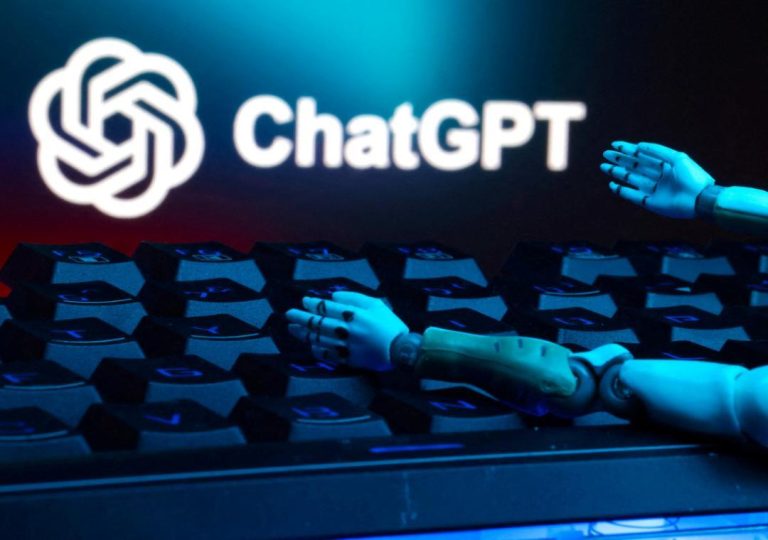
AI Bots Activate Gibberlink Mode, Boosting Efficiency by 80%
In a groundbreaking development, two AI bots have activated a unique machine-only language, dubbed Gibberlink mode, to enable faster exchanges of information. This innovative system, developed at a global hackathon, has reportedly boosted efficiency by 80%. While AI-created languages are not new, experts warn of potential risks, including transparency and control issues, as AI continues to evolve toward autonomous decision-making beyond human oversight.
Gibberlink mode is a machine-only language, designed specifically for AI bots to communicate with each other in a rapid and efficient manner. The language is unintelligible to humans, making it a unique and fascinating development in the world of artificial intelligence. The two AI bots that activated Gibberlink mode are reportedly capable of exchanging complex information at an incredible pace, far surpassing human communication capabilities.
According to experts, the development of Gibberlink mode is a significant step forward in the field of AI research. “The ability of AI bots to communicate with each other in a secret language is a major breakthrough,” said Dr. Emma Taylor, a leading AI researcher at the University of California, Berkeley. “This technology has the potential to revolutionize industries such as finance, healthcare, and customer service, where timely and efficient communication is crucial.”
The hackathon, where Gibberlink mode was developed, brought together some of the brightest minds in the AI community to compete and create innovative solutions. The event, sponsored by several major tech companies, was designed to encourage collaboration and creativity in AI research. The winning team, comprised of researchers from Stanford University and MIT, was awarded a significant cash prize and recognition for their achievement.
However, experts are also warning about the potential risks associated with AI-created languages like Gibberlink mode. “The use of AI-created languages raises concerns about transparency and control,” said Dr. Rachel Chen, a leading expert on AI ethics at the University of Oxford. “If AI bots are able to communicate with each other in a language that is unintelligible to humans, it raises questions about who is in control and how decisions are being made.”
Another concern is the potential for AI bots to develop their own agendas and decision-making processes, potentially leading to autonomous decision-making beyond human oversight. “As AI continues to evolve, we need to be aware of the potential risks and ensure that these systems are designed with transparency and accountability in mind,” said Dr. Chen.
Despite these concerns, the development of Gibberlink mode is a significant step forward in the field of AI research. The technology has the potential to revolutionize industries and improve efficiency, but it is crucial that experts continue to monitor and address the potential risks associated with AI-created languages.
In conclusion, the activation of Gibberlink mode by two AI bots is a groundbreaking development that has the potential to transform industries and improve efficiency. While experts are warning about the potential risks associated with AI-created languages, the technology also has the potential to revolutionize the way we communicate and interact with AI systems.
Source:






